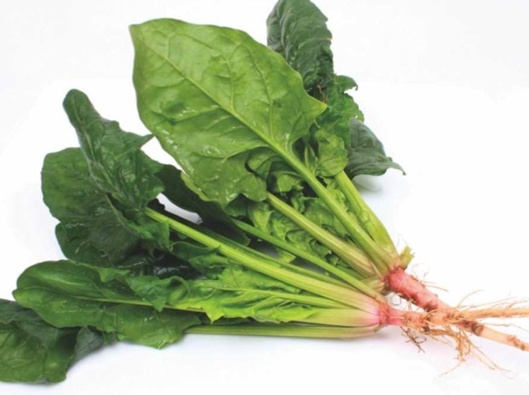Growing spinach
As a kid I never really liked spinach. We had kid’s shows on tellie that were based on this vegetable, and I reckon it was to promote the green sludge to the younger generation. Popeye the Sailorman was the marketing tool – he was strong and healthy.
And to be quite honest, spinach is a good source of iron and calcium, plus vitamins, protein and minerals. Good for skin, hair, nails (keratin) and calcium of course for bone health. It also contains Oxalic Acid (the stuff that makes the leaves of Rhubarb “poisonous”) and this has the habit of disrupting the uptake of iron and calcium.
Cooking spinach breaks down the oxalic acid and voila! All good again. Some people believe the marketing myth of “Super Food”. Absolute rubbish! It’s just good food. I prefer it over “silverbeet”.
It’s easy to grow, really. Either from seeds or from seedlings in punnets.
You’ll need good, well-drained soil mixtures with plenty of compost. Seeds usually germinate within 2 weeks. Thin to about 7 cm spacing in a row; 20 cm between rows.
Cover it to stop birds getting their beaks into your young leaves – netting over the rows will work nicely. Slugs and snails are also looking for good skin and health! I often go and look in the evening with a torch to pick up any molluscs heading for my crop. Beer traps are useless, by the way. Keep an eye on caterpillars too. Some loopers and “cutworm”-like caterpillars love to have a go at small, fresh leaves. There are quite a few varieties of Spinach; look at Kings Seeds catalogue and Yates’s range.
I love the harvest of them. When they are young, pick the small leaves and use in salads. Because you pick individual leaves, your plant simply keeps on growing; multiple harvests! Just a reminder that when you keep on taking off leaves, the plant needs nutrient to replace them. Liquid fertilisers tend to be the way to go: every time you water, there will be some N-P-K dribbling into the root zone. A good, compost-rich soil will also sustain the plants.
Continuity can be achieved by planting a Spinach row every 4 weeks or so. An alternative to spinach (that chalky feeling on your teeth!!) is cultivating the perpetual spinach. It’s not truly a “spinach”, but a chard (Beta vulgaris). Advantage: you won’t need to sow it in succession; a few plants will do you for more than a year, simply by plucking the leaves you need. They’ll re-grow. Taste a bit milder yet you can use it just like spinach.
LISTEN TO AUDIO ABOVE
Take your Radio, Podcasts and Music with you










